- Why Enriching Soil is Important
- 1. Increased Nutrient Availability
- 2. Improved Soil Structure
- 3. Enhanced Soil Fertility
- 4. Increased Organic Matter Content
- 5. Reduced Soil Erosion
- 6. Sustainable Gardening
- 7. Increased Crop Yield
- The Benefits of Wood Ash
- How to Obtain Wood Ash
- 1. Wood Burning Fireplace or Stove
- 2. Barbecue Grill
- 3. Campfires
- 4. Wood Burning Ovens
- 5. Ask Friends and Neighbors
- 6. Wood Ash from Firewood Suppliers
- Ways to Use Wood Ash as a Soil Remedy
- 1. Soil Amendment
- 2. Pest Control
- 3. Compost Accelerator
- Precautions and Considerations
- 1. Quantity and frequency
- 2. pH levels
- 3. Nutrient imbalances
- 4. Source of wood ash
- 5. Application methods
- Conclusion
- Alternative Soil Enrichment Methods
- 1. Composting
- 2. Green Manure
- 3. Vermicomposting
- 4. Cover Cropping
- 5. Mulching
- 6. Crop Rotation
- 7. Liquid Fertilizers
- “Question-Answer”
- How can wood ash be used to enrich soil?
- What are some other benefits of using wood ash in the garden?
- Can wood ash be used on all types of soil?
- How should wood ash be applied to the soil?
- Is there a specific time of year to apply wood ash to the soil?
- Is there a limit to how much wood ash can be used in the garden?
- Are there any precautions to take when using wood ash in the garden?
- “Video” What Happens When You Use Ash in the Garden?
Wood ash is a natural byproduct of burning wood, and it’s an incredible resource for enriching soil. Not only is wood ash readily available and cost-effective, but it also serves as a 3-in-1 remedy for many common garden problems. In this article, we will explore the magic of wood ash and how it can benefit your garden.
Firstly, wood ash is a fantastic source of essential nutrients for your plants. It contains high levels of potassium, calcium, and magnesium, which are all important for healthy plant growth. Potassium, in particular, helps with fruit production, root development, and overall plant vigor. By adding wood ash to your soil, you can provide your plants with these much-needed nutrients, ensuring they have everything they need to thrive.
Secondly, wood ash acts as a natural soil amendment. It helps to raise the pH level of acidic soil, making it more alkaline. This is particularly beneficial if you’re growing plants that prefer neutral or alkaline soil, such as certain vegetables and flowers. Wood ash also improves soil structure, allowing for better drainage and preventing compaction. By incorporating wood ash into your garden, you can create a more hospitable environment for your plants.
Lastly, wood ash has the added benefit of acting as a natural pest deterrent. The alkaline properties of wood ash can help repel pests like slugs and snails, which can often wreak havoc on a garden. Additionally, wood ash can also deter certain types of fungal diseases, such as powdery mildew. By using wood ash in your garden, you can protect your plants from these common garden pests and diseases, reducing the need for chemical interventions.
To use wood ash in your garden, it’s important to follow a few guidelines. Firstly, make sure you are using wood ash from untreated wood. Avoid using ash from coals, as it may contain harmful chemicals. Secondly, apply wood ash sparingly, as excessive use can lead to nutrient imbalances and alkaline soil. Start with a small amount, and gradually increase if necessary. Lastly, evenly distribute the wood ash and mix it into the soil to ensure proper incorporation.
In conclusion, wood ash is a versatile and cost-effective way to enrich your soil. Its high nutrient content, soil amendment properties, and pest deterrent abilities make it a valuable resource for any gardener. By incorporating wood ash into your garden, you can provide your plants with the nutrients they need, improve soil structure, and protect them from common pests and diseases. So, why not take advantage of this natural 3-in-1 remedy and give your garden the magic of wood ash?
Why Enriching Soil is Important
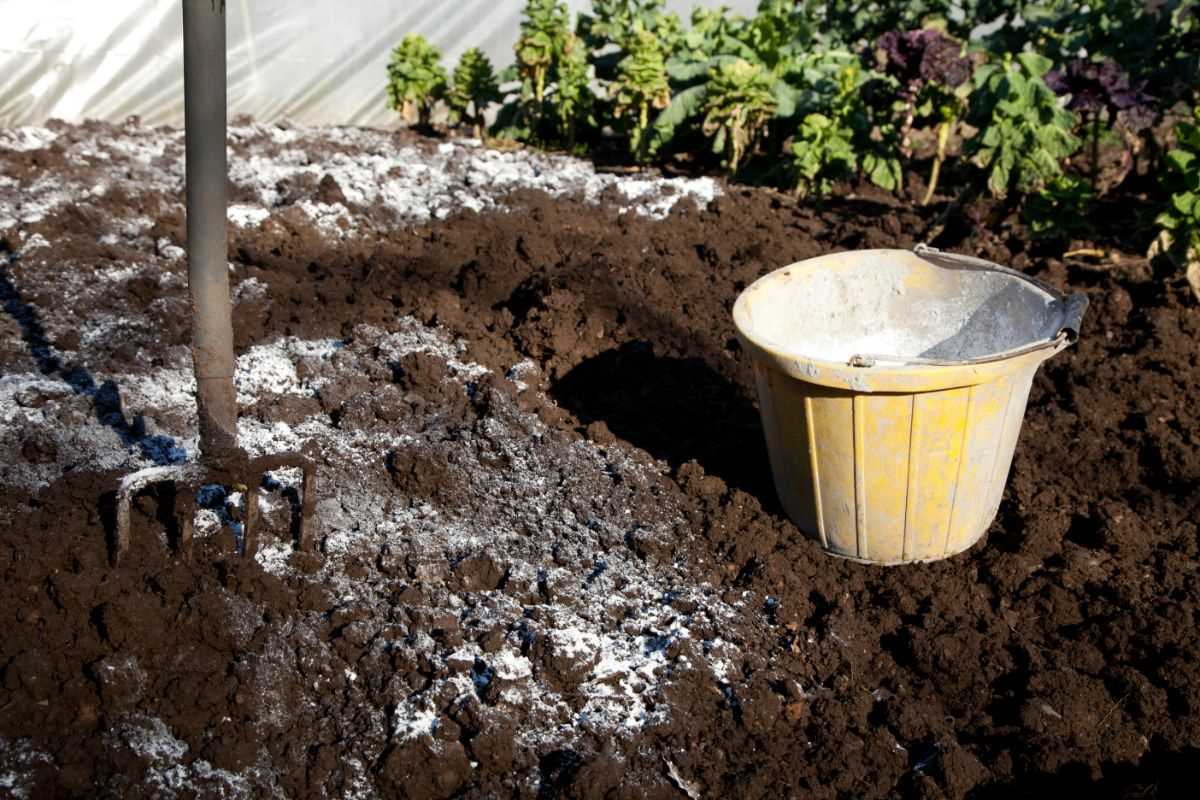
Enriching soil is an essential practice for any gardener or farmer. It involves adding nutrients and organic matter to the soil to improve its fertility and overall health. There are several reasons why enriching soil is important:
1. Increased Nutrient Availability
Enriching soil helps to increase the availability of essential nutrients for plant growth. Nutrients such as nitrogen, phosphorus, and potassium are vital for plant development and productivity. By adding organic matter, like wood ash, to the soil, these nutrients are released slowly over time, providing a steady supply for plants.
2. Improved Soil Structure
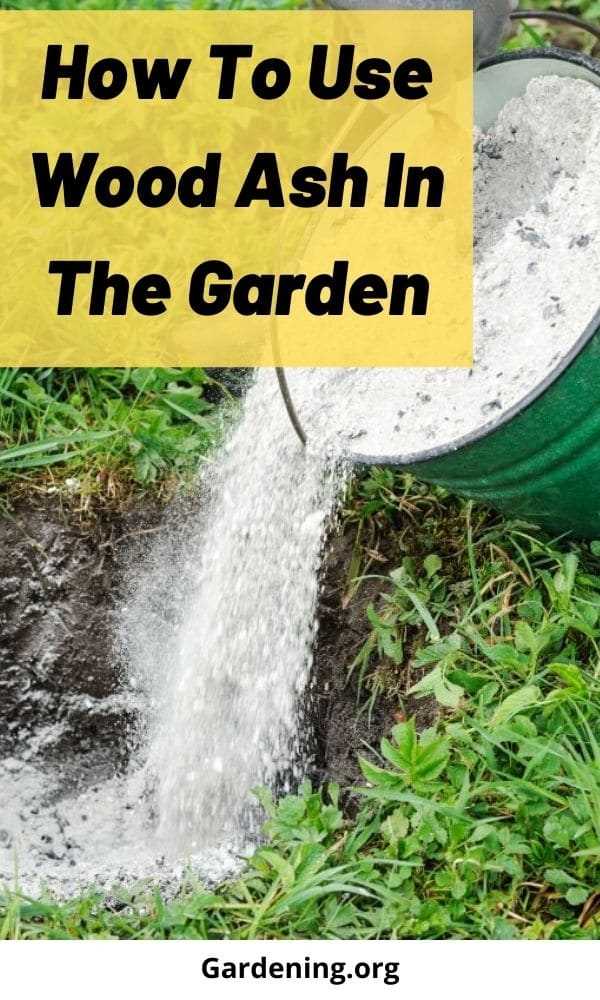
Enriching soil can help improve its structure, making it more crumbly and friable. Soils with a good structure have better water-holding capacity, allowing for adequate drainage and preventing waterlogging. This also promotes root penetration and aeration, leading to healthier plants with stronger root systems.
3. Enhanced Soil Fertility
By enriching soil, you enhance its fertility, which is critical for plant growth and productivity. Adding organic matter, like wood ash, improves nutrient availability and provides a food source for beneficial soil microorganisms. These microorganisms break down organic matter, releasing nutrients and creating a healthy soil ecosystem.
4. Increased Organic Matter Content
Enriching soil with organic matter increases its organic matter content. Organic matter acts as a sponge, holding moisture and nutrients for plants to access. It also helps to improve the soil’s structure, providing a habitat for beneficial soil organisms.
5. Reduced Soil Erosion
Enriching soil can help reduce soil erosion, especially in areas prone to erosion. Soils with a high organic matter content have better water infiltration rates, reducing surface runoff and erosion. The improved soil structure also helps to hold the soil particles together, minimizing erosion caused by wind and water movement.
6. Sustainable Gardening
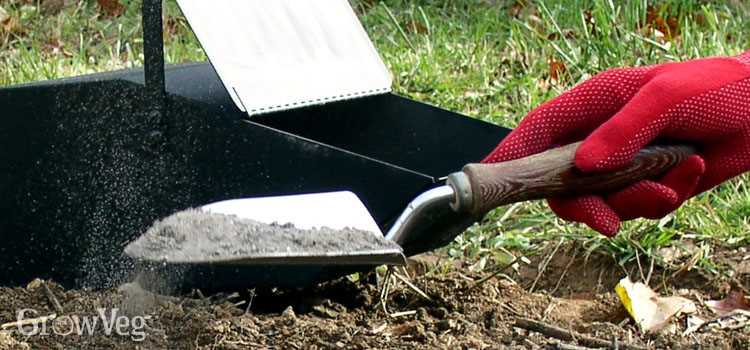
Enriching soil is an essential practice for sustainable gardening. By adding organic matter and nutrients to the soil, you reduce the need for synthetic fertilizers and pesticides. This promotes healthier plants, reduces environmental pollution, and creates a more sustainable and natural gardening system.
7. Increased Crop Yield
Enriching soil directly contributes to increased crop yield. By providing the necessary nutrients and improving the soil’s fertility and structure, plants have optimal conditions to grow and produce abundant fruits, vegetables, or flowers. Enriching soil is a vital step in maximizing the productivity of your garden or farm.
Overall, enriching soil is crucial for the long-term health and productivity of your garden or farm. It improves nutrient availability, enhances soil fertility, and helps prevent soil erosion. By enriching your soil with organic matter, like wood ash, you can create a sustainable and thriving ecosystem for your plants.
The Benefits of Wood Ash
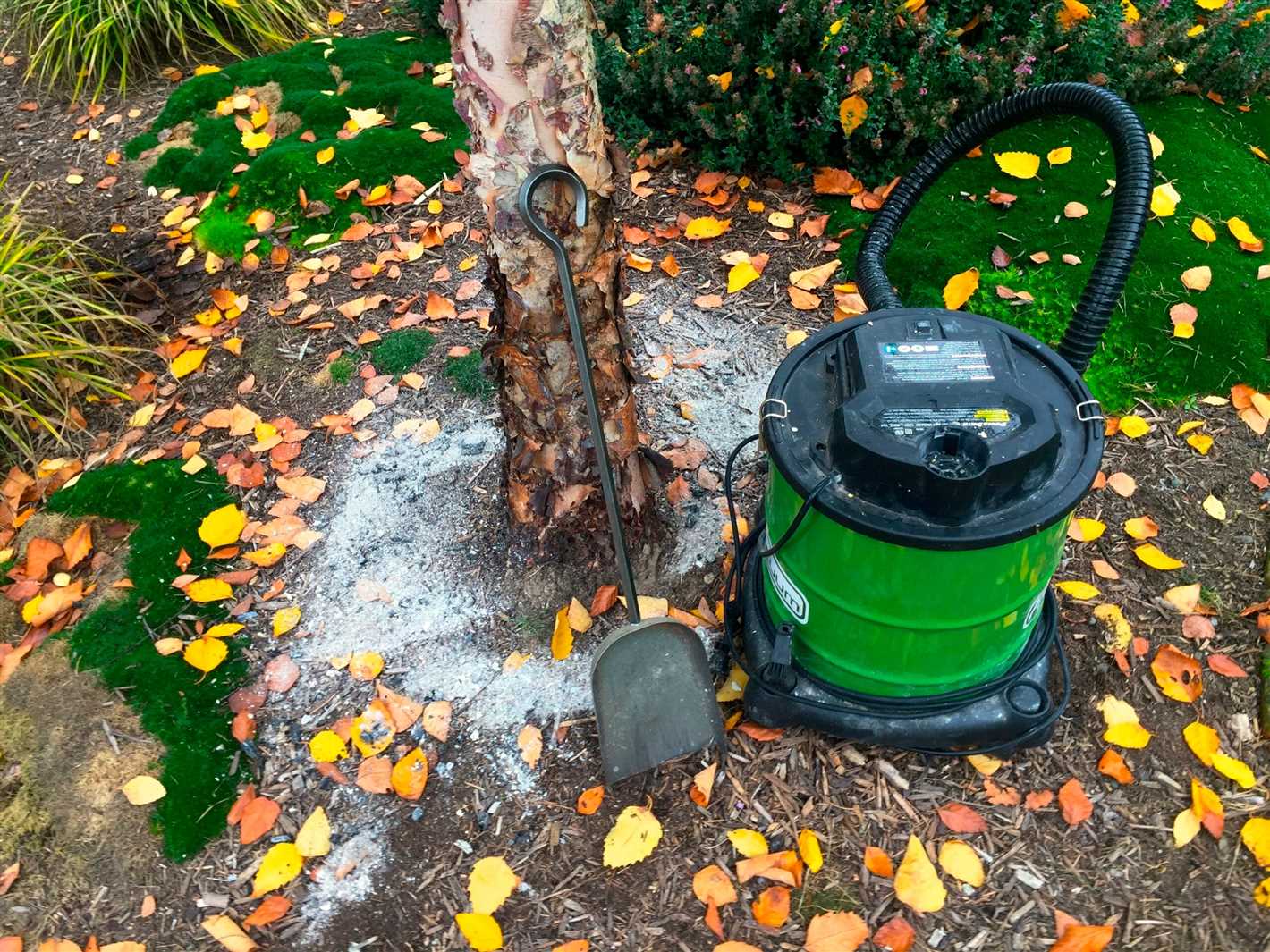
Wood ash is a valuable resource for enriching soil and has three main benefits:
- Source of valuable nutrients: Wood ash contains many essential nutrients for plant growth, including potassium, phosphorus, calcium, and magnesium. These nutrients are important for overall plant health and contribute to higher yields.
- Soil pH adjustment: Wood ash has alkaline properties and can help balance the pH of acidic soils. By raising the pH level, wood ash can make the soil more suitable for certain plants that prefer slightly alkaline conditions.
- Natural pest control: Wood ash has insect-repelling properties and can act as a natural deterrent against pests like slugs, snails, and some types of beetles. By sprinkling wood ash around your plants, you can promote a healthier and pest-free garden.
It’s important to note that while wood ash offers many benefits, it should be used in moderation. Excessive use of wood ash can lead to soil alkalinity, which may negatively impact certain plants. It’s recommended to perform a soil test before applying wood ash to determine the appropriate amount needed.
In summary, wood ash is a cost-effective and environmentally friendly way to enhance soil fertility. Its nutrient content, pH-adjusting properties, and pest control benefits make it a versatile resource for gardeners. By incorporating wood ash into your gardening routine, you can maximize the health and productivity of your plants.
How to Obtain Wood Ash
1. Wood Burning Fireplace or Stove
If you have a wood burning fireplace or stove, collecting wood ash is a simple and cost-effective way to enrich your soil. Whenever you clean out the fireplace or stove, be sure to save the ash for your garden.
2. Barbecue Grill
If you enjoy cooking on a charcoal grill, you can also collect wood ash from the charcoal briquettes. After grilling, allow the briquettes to cool down and then scoop out the ash for use in your garden.
3. Campfires
If you enjoy camping and have campfires, you can also collect the wood ash from the fire pit. Make sure the fire has completely burned out and then gather the ash for your garden.
4. Wood Burning Ovens
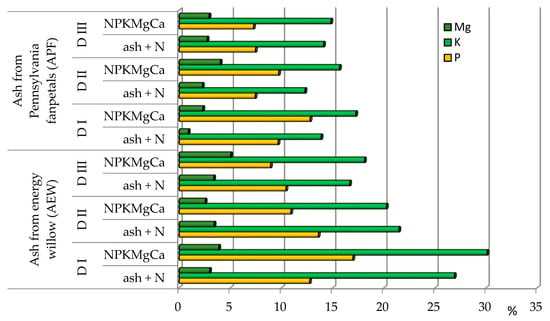
If you have a wood burning oven, such as a pizza oven, you can also collect the wood ash from the oven once it has cooled down. This ash can be a valuable resource for improving the quality of your garden soil.
5. Ask Friends and Neighbors
If you don’t have access to a fireplace, stove, grill, or campfire, you can always ask friends, neighbors, or local businesses if they have any wood ash they are willing to give away. Many people are happy to get rid of their excess wood ash and will be glad to give it to you for free.
6. Wood Ash from Firewood Suppliers
If you don’t have any other sources of wood ash available, you can also check with local firewood suppliers. They may have excess wood ash from their operations that they would be willing to provide to you.
Remember, when collecting wood ash, it’s important to use caution and always make sure the ash has cooled down completely before handling or storing it. Store the wood ash in a dry container or bag until you are ready to use it in your garden. By obtaining wood ash from these various sources, you can enrich your soil for free and have a healthier and more productive garden.
Ways to Use Wood Ash as a Soil Remedy
Wood ash is a versatile and cost-effective way to improve the quality of soil in your garden. Here are three ways you can use wood ash to enrich your soil:
1. Soil Amendment
One of the simplest and most common ways to use wood ash is as a soil amendment. Wood ash contains important nutrients, such as potassium, calcium, and magnesium, which can help neutralize acidic soil and improve its fertility. To use wood ash as a soil amendment, simply spread a thin layer of it over your garden beds, then mix it into the top few inches of soil. This will help distribute the nutrients evenly and improve the overall quality of your soil.
2. Pest Control
Wood ash can also be used as a natural pest control method in your garden. It acts as a deterrent for certain pests, such as slugs, snails, and some types of insects. Simply sprinkle a thin line of wood ash around the perimeter of your garden beds or plants to create a barrier that pests are less likely to cross. However, be cautious when using wood ash as a pest control method, as it can also repel beneficial insects and worms.
3. Compost Accelerator
If you have a compost pile or bin, adding wood ash can help speed up the decomposition process and improve the quality of your compost. The nutrients in wood ash can provide a kick-start for the beneficial microbes and organisms that break down organic matter in your compost. Sprinkle a thin layer of wood ash over each layer of organic material as you build your compost pile, making sure to mix it in well. However, be mindful of the pH level of your compost, as too much wood ash can make it too alkaline.
Note: When using wood ash as a soil remedy, it’s important to keep in mind that moderation is key. While wood ash can provide benefits to your soil, using too much can lead to an imbalance in pH levels and nutrient composition.
Always conduct a soil test before applying any amendments to ensure you are providing the right nutrients for your specific soil conditions.
Precautions and Considerations
1. Quantity and frequency
When using wood ash as a soil amendment, it’s important to consider the quantity and frequency of application. While wood ash can be beneficial to the soil, applying too much or too frequently can have negative effects. It is recommended to use wood ash sparingly and only as needed, based on the specific requirements of the plants and soil.
2. pH levels
Wood ash is alkaline in nature and can raise the pH levels of the soil. This can be beneficial for plants that prefer alkaline conditions, such as certain vegetables and fruits. However, for plants that thrive in acidic soil, the use of wood ash may not be suitable. It is important to test the pH levels of the soil before applying wood ash and monitor the pH levels over time to ensure they remain within the desired range.
3. Nutrient imbalances
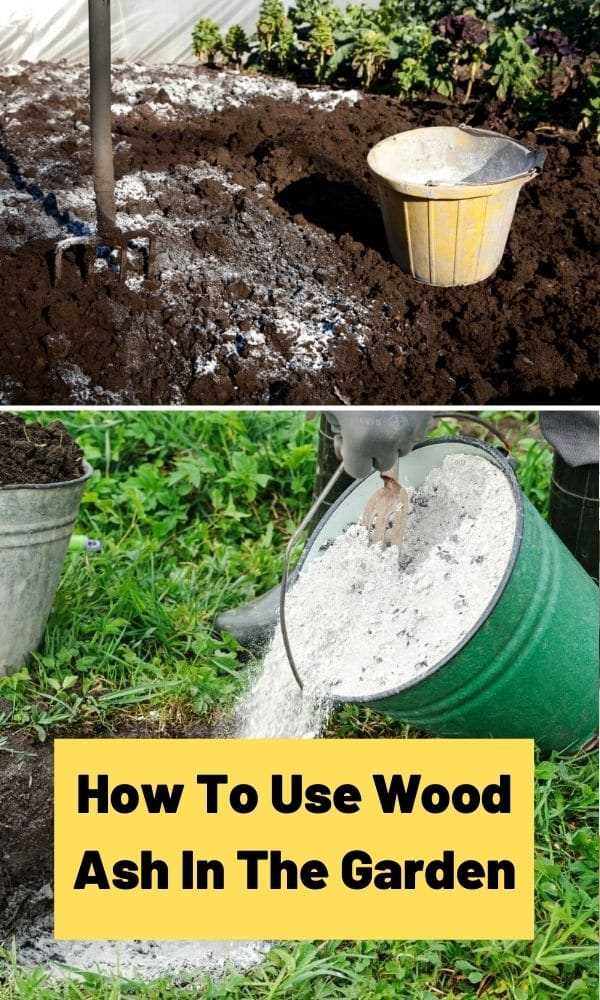
While wood ash is rich in essential nutrients like potassium, calcium, and magnesium, it is important to note that it may not provide a balanced nutrient profile. Excessive use of wood ash can lead to nutrient imbalances in the soil, which can negatively affect plant growth and health. It is advisable to conduct a soil analysis to determine the nutrient needs of the plants and supplement accordingly with other organic fertilizers or soil amendments.
4. Source of wood ash
The source of the wood ash is crucial to its quality and safety for use in the garden. Wood ash from untreated wood or hardwoods like oak or maple is generally considered safe for use. However, wood ash from chemically treated or painted wood, or from burning materials like cardboard or trash, should be avoided as they may contain harmful toxins or contaminants.
5. Application methods
When applying wood ash to the soil, it is important to distribute it evenly and avoid concentrated application in one area. Mixing the wood ash with compost or organic matter before applying it can help prevent uneven distribution and ensure better integration with the soil. Additionally, watering the soil after applying wood ash can help prevent the ash from blowing away and aid in the absorption of nutrients.
Conclusion
Wood ash can be a valuable and cost-effective way to enrich the soil and provide essential nutrients for plant growth. However, it is important to exercise caution and consider these precautions and considerations to ensure the safe and effective use of wood ash in the garden. By following these guidelines, gardeners can harness the magic of wood ash as a 3-in-1 remedy while supporting healthy and vibrant plant growth.
Alternative Soil Enrichment Methods
While wood ash is a fantastic and cost-effective way to enrich soil, there are alternative methods you can consider for soil enrichment:
1. Composting
Composting is a natural and affordable way to improve soil fertility. It involves collecting organic waste, such as kitchen scraps, yard clippings, and leaves, and allowing them to decompose over time. The resulting compost is rich in nutrients and can be mixed into the soil to improve its structure and fertility.
2. Green Manure
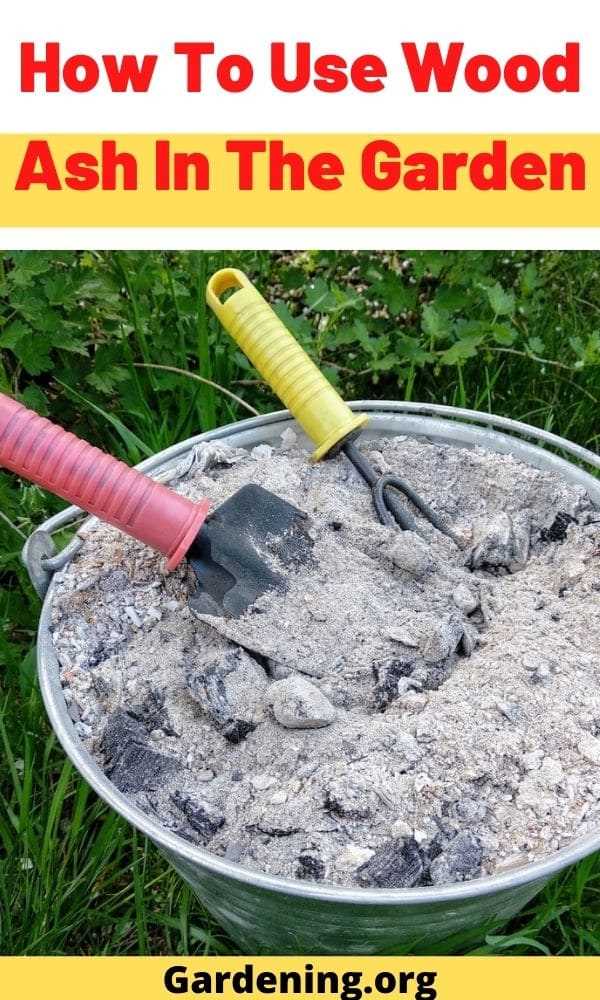
Green manure involves growing cover crops, such as legumes or clover, and then tilling them into the soil before they flower. These cover crops help improve soil structure, add organic matter, and fix nitrogen, making them an excellent way to naturally enrich the soil.
3. Vermicomposting
Vermicomposting uses special worms called red wigglers to break down organic waste into nutrient-rich compost. It is a simple and effective way to transform kitchen scraps into valuable soil conditioner. The resulting vermicompost can be added to the soil to enrich it and promote healthier plant growth.
4. Cover Cropping
Cover cropping involves planting specific crops, such as clover or rye, during off-seasons to cover the soil and protect it from erosion. These cover crops also help improve soil structure, increase organic matter content, and prevent weed growth. When the cover crops are tilled into the soil, they provide valuable nutrients and organic matter, enriching the soil for future crops.
5. Mulching
Mulching involves covering the soil with a layer of organic materials, such as straw, wood chips, or compost. Mulching helps conserve moisture, suppress weed growth, regulate soil temperature, and improve soil structure. As the mulch breaks down, it adds organic matter to the soil and gradually enriches it over time.
6. Crop Rotation
Crop rotation is a method of planting different crops each season in a specific order. This practice helps break pest and disease cycles, improves soil fertility, and reduces soil erosion. Certain crops, such as legumes, also fix nitrogen into the soil, further enriching it for future crops.
7. Liquid Fertilizers
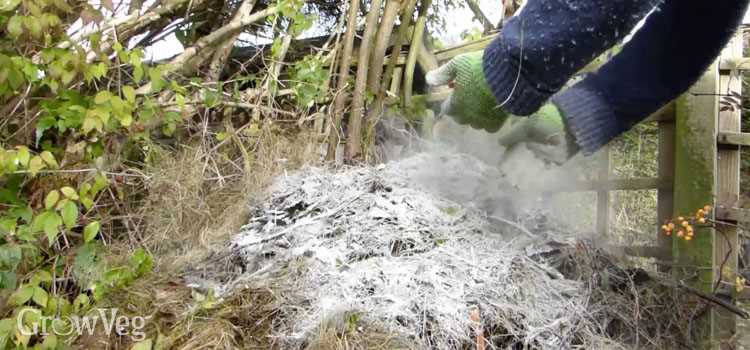
Liquid fertilizers, such as compost tea or seaweed extract, can be used to provide a quick nutrient boost to plants. These fertilizers are applied directly to the soil or sprayed onto the leaves, allowing the plants to absorb the nutrients more easily. However, they should be used sparingly and in accordance with the instructions to prevent overfertilization.
| Method | Pros | Cons |
|---|---|---|
| Composting |
|
|
| Green Manure |
|
|
| Vermicomposting |
|
|
| Cover Cropping |
|
|
| Mulching |
|
|
| Crop Rotation |
|
|
| Liquid Fertilizers |
|
|
“Question-Answer”
How can wood ash be used to enrich soil?
Wood ash can be used to enrich soil by providing essential nutrients like potassium, calcium, and magnesium. It also helps to increase the pH level of acidic soil and improve its structure.
What are some other benefits of using wood ash in the garden?
Some other benefits of using wood ash in the garden include repelling pests like slugs and snails, improving the health and growth of plants, and enhancing the flavor of fruits and vegetables.
Can wood ash be used on all types of soil?
Wood ash can be used on most types of soil, except for acidic soil or soil that is already high in nutrients. It is important to test the pH level of the soil before applying wood ash to avoid over-alkalizing the soil.
How should wood ash be applied to the soil?
Wood ash should be applied evenly over the soil surface and gently worked into the top few inches of soil. It can be mixed with compost or organic matter for better distribution and absorption.
Is there a specific time of year to apply wood ash to the soil?
Wood ash can be applied to the soil at any time of the year. However, it is best to avoid applying it when plants are actively growing or when the soil is wet, as it can cause damage to the plants.
Is there a limit to how much wood ash can be used in the garden?
Yes, there is a limit to how much wood ash can be used in the garden. It is recommended to apply no more than 20 pounds of wood ash per 1,000 square feet of soil per year. Using too much wood ash can lead to nutrient imbalances and harm plants.
Are there any precautions to take when using wood ash in the garden?
When using wood ash in the garden, it is important to wear gloves and protective clothing to avoid skin irritation. It is also advisable to keep children and pets away from the area where wood ash is being applied.







